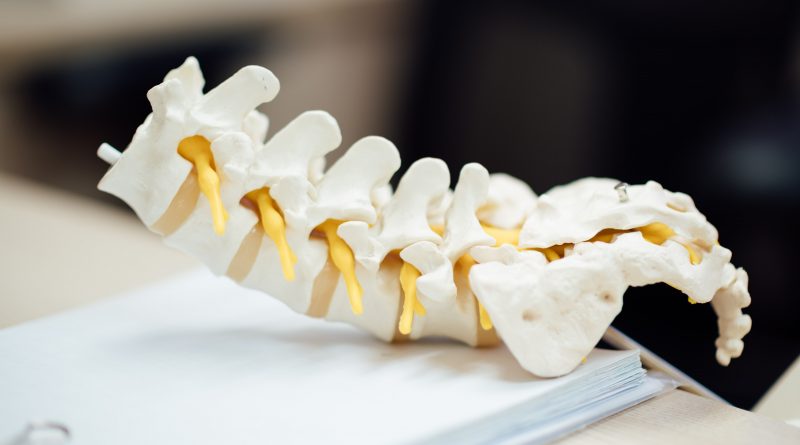Regain Your Strength

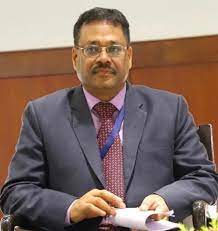
Osteoporosis is a serious but often forgotten health problem, a tip of an iceberg in the present lifestyle…
By Dr N.K. Prasanna / Dr S. K. Varshney
From time immemorial, in the X ray’s of mummies in Egypt and in the ancient skeletons of many other countries osteoporosis confirmed and today also affecting millions of people worldwide every year thanks to our modern lifestyle. One out of every two women and one out of five men suffer from this preventable disease, which causes continuous pain, more fractures of ends of long bones and spine followed by trivial injury.
The pain caused by osteoporosis and related fractures is unbearable and their long-term effects compromise quality of life. It’s a condition that doesn’t just impact your physical health, but also your mental well-being. Many a time’s people believe that these fractures are not fatal. Unfortunately, 20% of hip fracture patients die within a year of their injury. Furthermore, 20% experience re-fracture within a year. Bones are an integral part of the human body, providing us with a strong and supportive structure.
They are made up of living cells that need to be nourished in order to remain healthy and strong. Without proper nutrition, bones can become weak and brittle, leading to an increased risk of fracture with moderate amount of morbidity or even mortality when associated with co morbidities, injury or even disability. It is therefore essential to take care of skeletal system by providing good nutrition through diet rich in calcium and protein and regular exercises. Osteoporosis is a condition that affects the bones and makes them weak and brittle. It is a very common condition, especially among older people, and can cause bones to break easily. Many factors are the reasons behind Osteoporosis are Nutrition, Life Style, Ageing, and Hormonal imbalance, may other diseases associated with Life Style also sometimes related to medication.
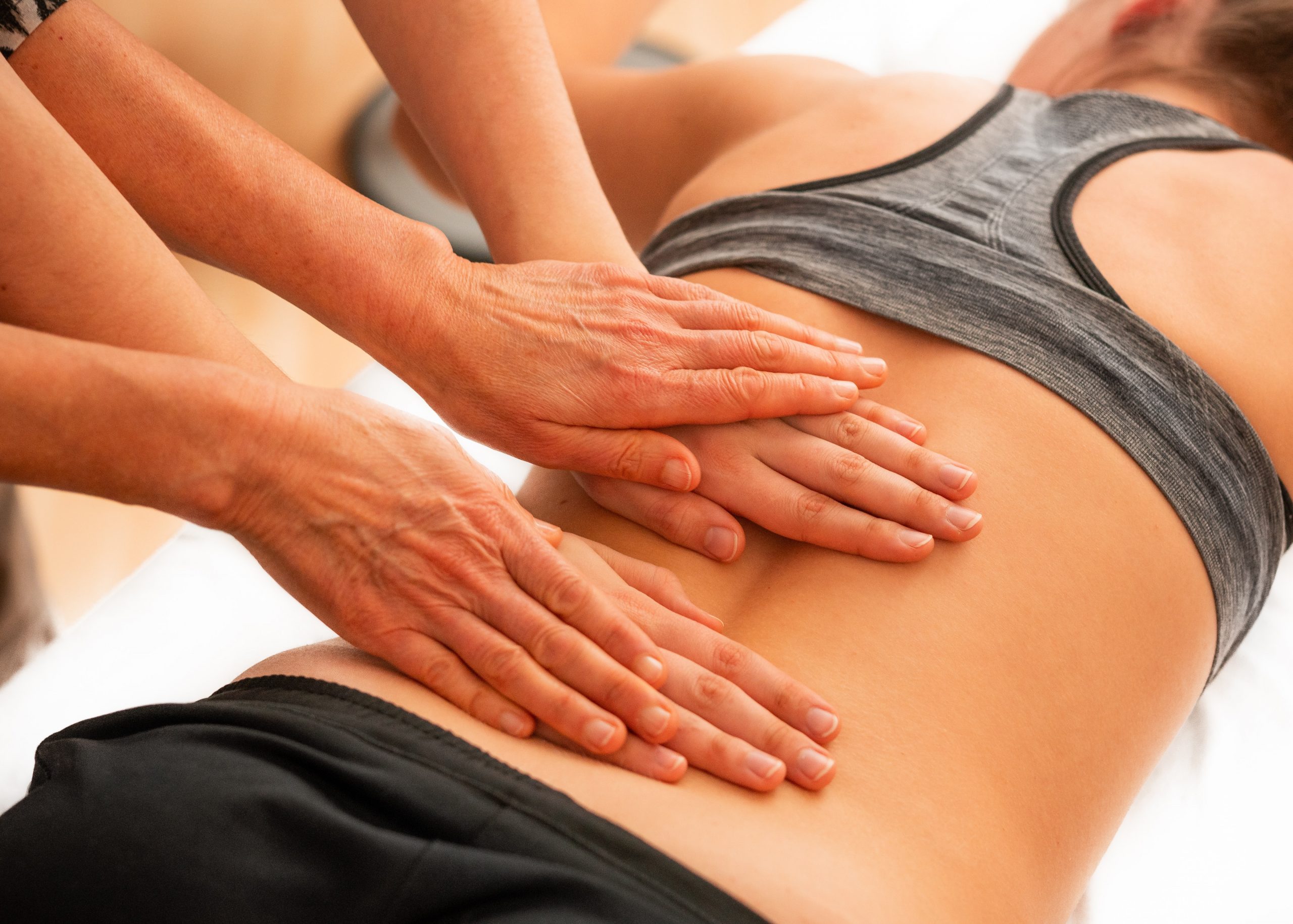 Resorption/Osteoclast/Osteoblast:
Resorption/Osteoclast/Osteoblast:
By the age of thirty, our body reaches its peak bone density. Any nutritional deficiency and hormonal imbalance leads initiation to the weakness of the bones. This is because the remodeling process starts in our body where the old bone breaks down and reintegrates (resorption). As we get older, this process continues and can lead to a decrease in bone density. It is important to understand this process so that we can take measures to maintain our bone health before the age of thirty years to delay or avoid osteoporosis at young age. Osteoclast and osteoblast cells are two types of cells that play a vital role in the formation and maintenance of bones.
Osteoclasts are responsible for breaking down old, unwanted bone cells, while osteoblasts lay down new bone tissue to form a strong foundation for new bone formation. By working together, these two cell types ensure that our bones remain healthy and strong bones are essential part of our body, provide structure, protect vital organs and helps in locomotion. It is amazing to think that it takes only 10 days to break a bone, but 10 weeks to form one! This process of forming bones involves the body’s ability to create new bone tissue through a process known as ossification. During this process, the body will use minerals such as calcium and phosphorus to create new bone tissue. If this process goes smoothly, we can be sure that our bones are strong and healthy Osteoporosis Vs Osteopenia/ Osteomalacia.
Osteoporosis is usually diagnosed by bone density. However, density is not the only factor to consider; bone quality is also important. Even though the density is high, many people have fractured bones. As a result, osteoporosis is now defined as the potential of bone fracture caused by a decline in both bone density and bone quality. Before bone resorption, progresses to the point of degeneration called (osteopenia). Osteopenia is more prone to than to cause bone loss osteoporosis. It degrades bone structure and quality. The only drawback is that assessing bone quality is a difficult task. There are methods available, such as the trabecular bone score, but they are not generally used.
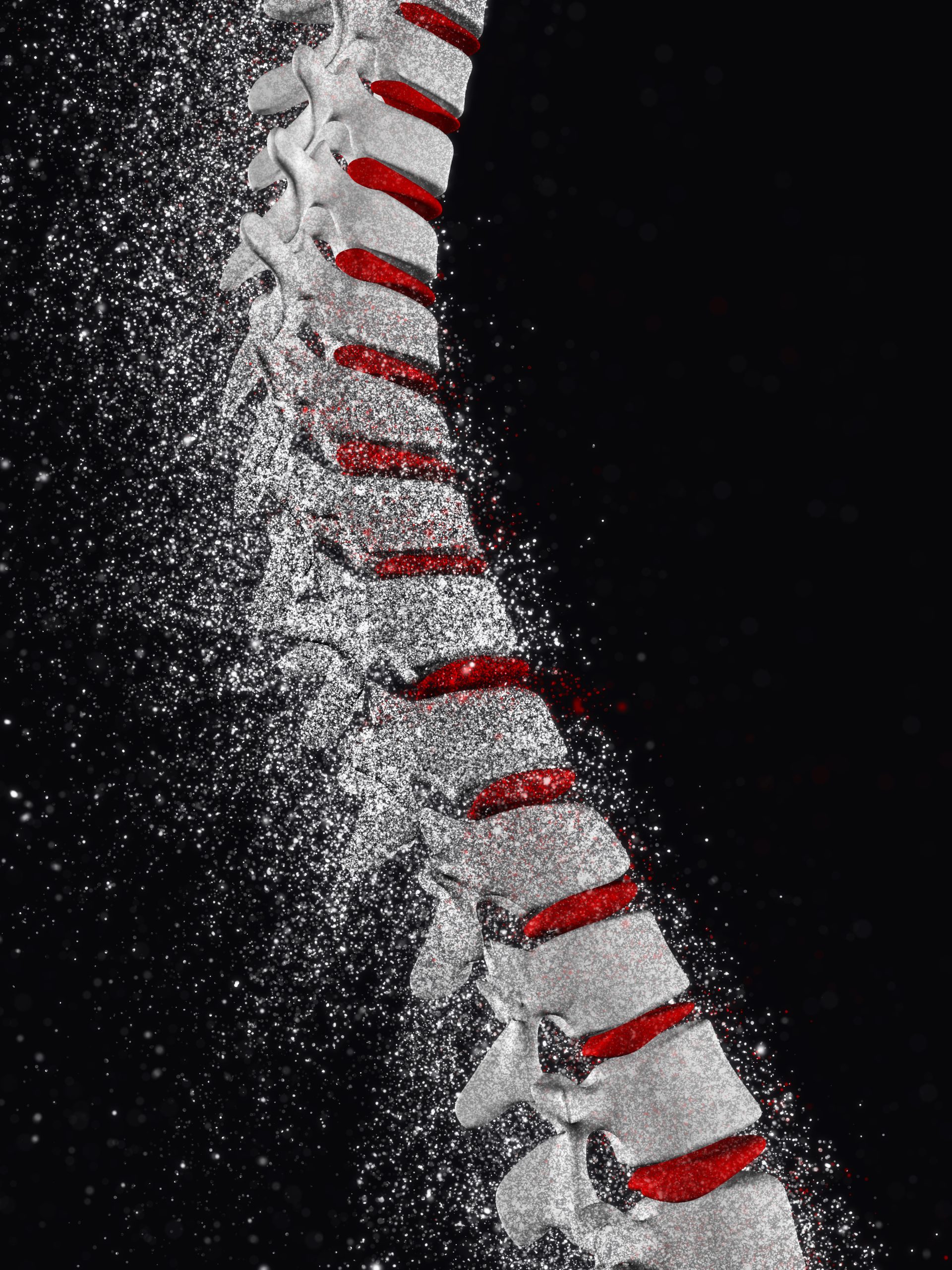
The term “osteomalacia” refers to “bone softening” in adults that is typically caused by a prolonged vitamin D deficit. This finally leads to aberrant Osteoid mineralization. Rickets, on the other hand, is characterized by inadequate mineralization at the cartilage of the growth plates in youngsters and children. Rickets typically results due to the lack of calcium or vitamin D, though it can also be brought on by a genetic flaw or other medical condition Tests for Osteoporosis: Dexa scan test/Frax score system: The Dexa scan is the most accurate way to diagnose osteoporosis, and can also identify any other bone issues that may need to be addressed. It uses two types of scores – the T score and Z score – with the T score being the main one used to measure bone health. A T score of 0 to -1 is considered normal, -1 to -2.5 is classified as osteopenia, and scores below -2.5 are diagnosed as osteoporosis. For people above 65, this test is necessary.
However, due to its high cost, not everyone can afford it. The operation should be performed on patients who have osteoporosis symptoms, prior fractures, or a family history of osteoporosis fractures. It is essential for women who are dependent on alcohol and tobacco. The Frax score system accurately evaluates the risk of fracture, taking into account other factors such as age, sex, body mass index and bone turnover marker (BTM) results. With Frax score system you can quickly identify the risk of fracture and take preventive measures. (BTM) test is a blood test. This causes a decrease in bone growth and an increase in bone degradation.
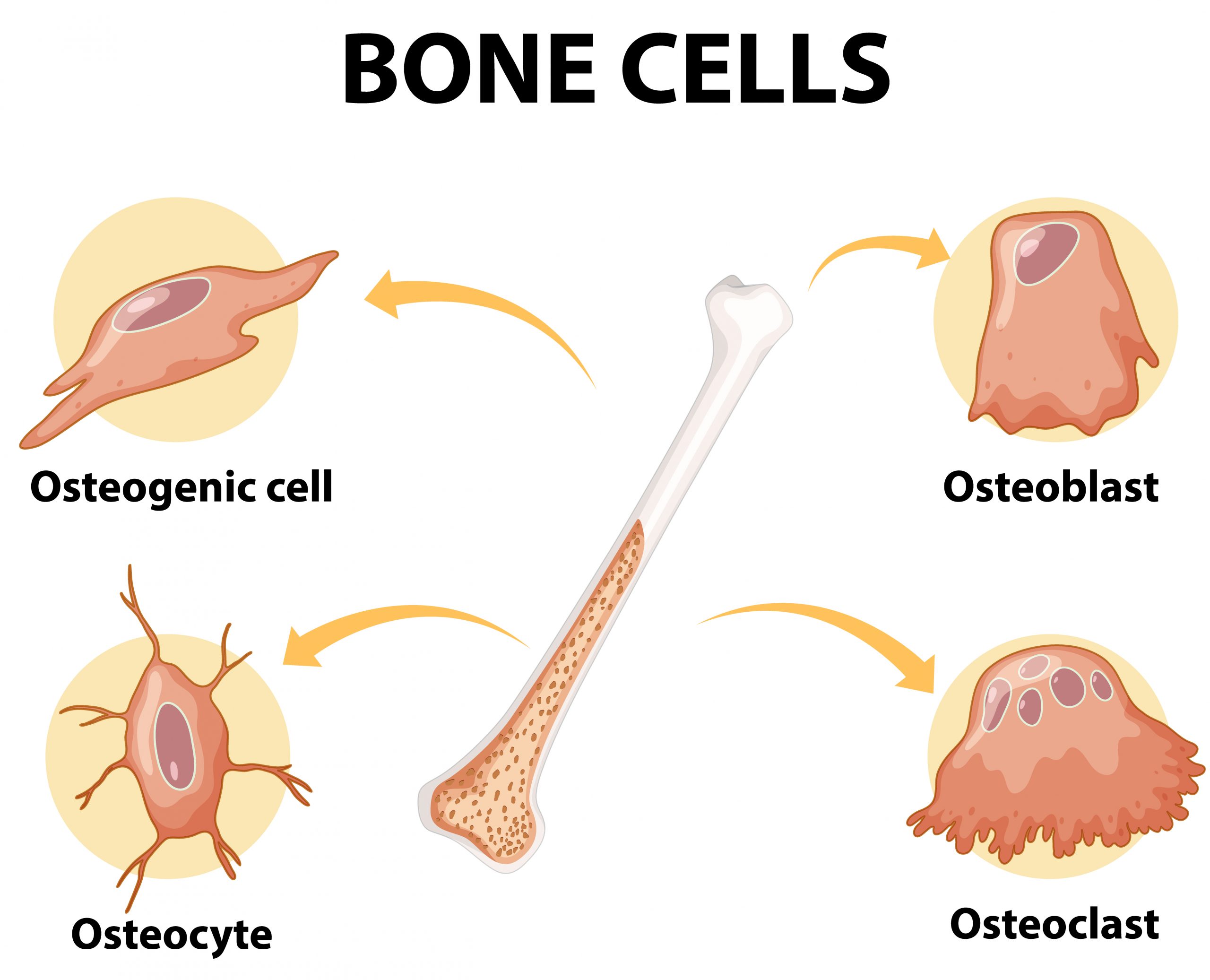
A blood test known as CTX is performed if it is known that there are several bone fractures. If it is greater than 600, a significant bone fracture has occurred. The P1NP test is helpful for evaluating bone development. It indicates that the bone is not developing as much if it is lower than 60. These are crucial in deciding how to treat osteoporosis. So, don’t wait for your bones to fracture before you take action. Get ahead of the game with Frax score system! Identify risks early and take appropriate preventative measures to ensure your bones stay healthy and strong. Early prevention is better than treatment: Protein, calcium, Vitamin D and Regular exercise plays an important role in treating osteoporosis. Calcium is crucial for the development of bones. For normal individuals 600 mg per day Calcium is necessary.
For adolescents, expectant mothers, and menstrual women, 1,200 mg per day. The low calcium levels in India are due to low intake of milk, curd, buttermilk, and cheese consumption. We obtain 70–75 percent of the calcium we need through our diet. Getting Calcium through food is more effective than pills because the body easily absorbs this. Calcium must be absorbed in order for vitamin D to be effective. The sun is the main source of vitamin D. When skin is exposed to the sun, the body itself produces it. In our country, the warmth of the sun is present all the time. However, 90% of people lack enough vitamin D! The skin must be exposed to the sun for one hour each day to make this. If people, are feeling lethargy, and strength is slipping away? For muscle and bone if both are correct then osteoporosis never come that should starts from the younger age though proper diet and exercise.
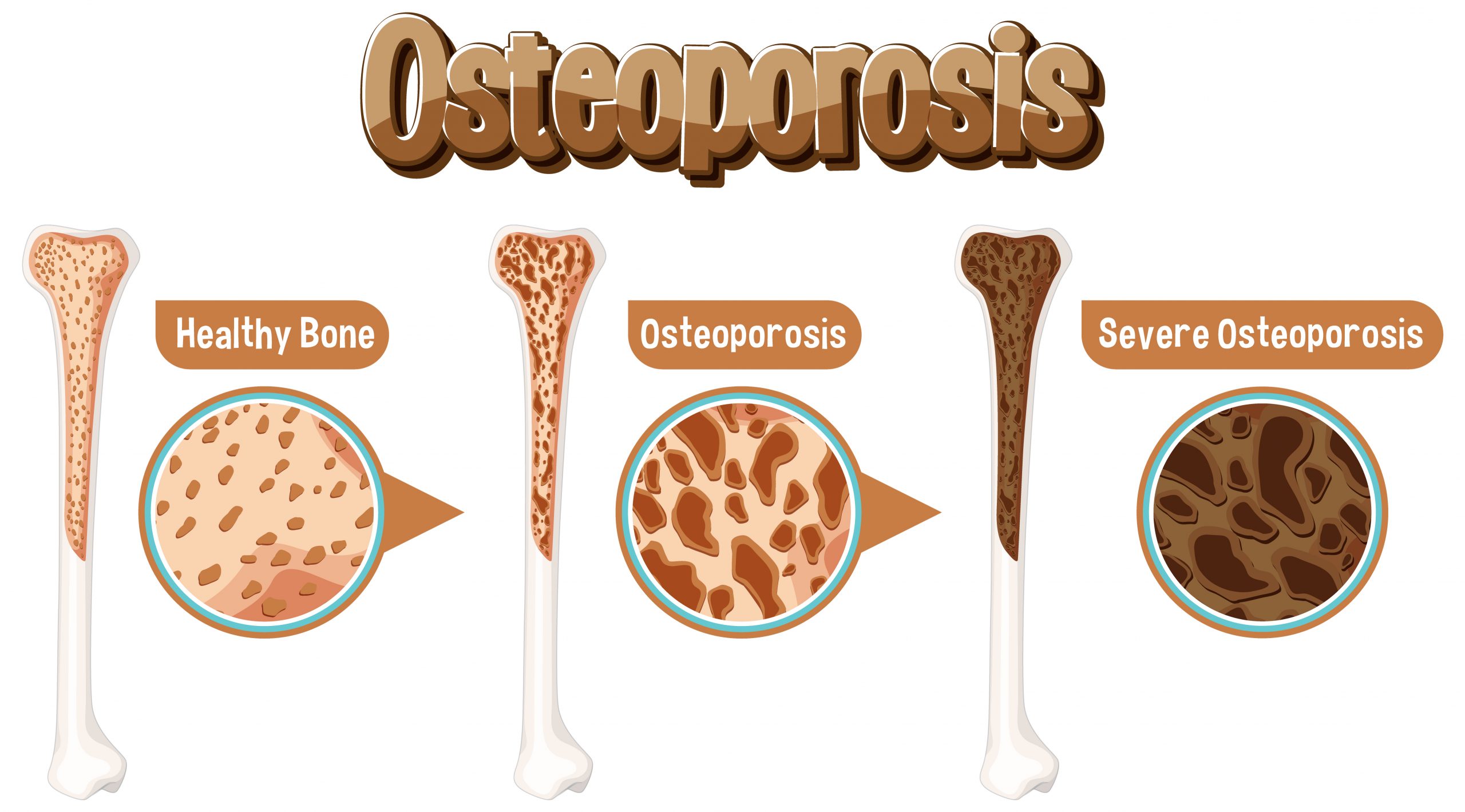
If the bone quality is always maintained there never be any osteoporosis or there never be any fracture and all. For this, the low-impact activities like walking and climbing stairs are helpful to your health. Even more intense weight lifting exercises, the right workouts can also help you to maintain your muscle and bone mass, and also increases your energy and strength. So regular exercise can help you to fight off the effects of inactivity, boost your physical health, and even it improves your mental well-being. So, don’t let inactivity steal your physical abilities — fight back with a regular routine exercise! There is no substitute other than regular exercise which gives better solutions. The health of the bone depends on health of the muscle. Take action now — start exercising today to reclaim your strength and vitality! Muscular skeletal balance is the key for the osteoporosis maintenance for prevention.
Plenty of management modules are available in various disciplines of medicine including Nutraceutical based supplements for both prevention and management. Sometimes elderly persons in our family can come out with best kitchen based remedies for perfect management of osteoporosis.
(The authors are Senior Scientist at CSIR-National Institute of Science Communication and Policy Research (CSIR-NIScPR), New Delhi./ Chief Scientist & Head, International Cooperation, Department of Science and Technology, New Delhi)

